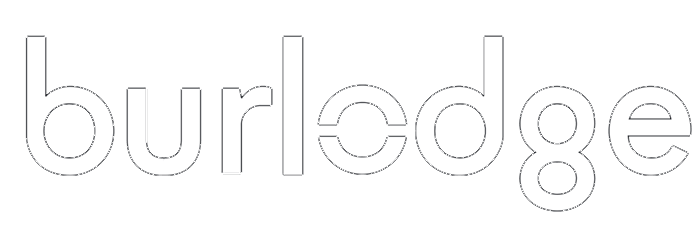Picking up where we left off in our first instalment of decoding the common food label, now we decipher some of the claims that may appear on these labels. Again, it’s a simple idea: the better informed we are, the better food choices we can make. So, let’s break down a few familiar terms and clarify what they really mean.
Light
Not to be interpreted lightly, that’s for certain, because it can indicate a variety of things. It could mean a reduced fat count or a fewer calories, noted by the phrase, ‘reduced in energy.’ It can also suggest that the food is light tasting or even be lightly coloured. Long story short, the term does not indicate that the food is necessarily nutritious.
Cholesterol-free
If you see this, the product has less than 2mg of cholesterol in the amount of food specified in the Nutrition Facts table. Remember to distinguish the serving sizes indicated on the labels. Cholesterol-free also indicates that it is low in saturated fat and trans-fat. If a vegetable-based food is labelled as cholesterol-free then it is a marketing ploy as cholesterol is only present in animal-based foods.
Sodium-Free
Well, not quite free. Labels that issue this claim are referring to the serving suggestion listed and, more specifically, the count would be less than 5mg of sodium.
Low Fat
That means no more than 3 grams of fat in the amount of food specified in the Nutrition Facts table.
Source of Fibre
This can be a sliding scale depending on the claim. If it’s a ‘source of fibre,’ it has at least 2 grams of fibre in the amount of food specified. ‘High source of fibre’ is 4 grams of fibre. ‘Very high source of fibre’ is at least 6 grams of fibre.
There is a lot of subtlety to the language that appears on labels and it can be challenging to make the distinctions between what the claims are. For further insights, a good source of information regarding label claims can be found on the Health Canada site at: https://www.canada.ca/en/health-canada/services/understanding-food-labels/nutrient- content-claims-what-they-mean.html
Next, we’ll be delving into another small aspect of the nutrition label, namely the issue of Daily Value (DV). Stay tuned and keep reading those labels.
Next we’ll start to drill down into some of the terminology used (and sometimes abused) by food producers on their labels. Stand by for Part 2 of Decoding the Label, coming soon.

















